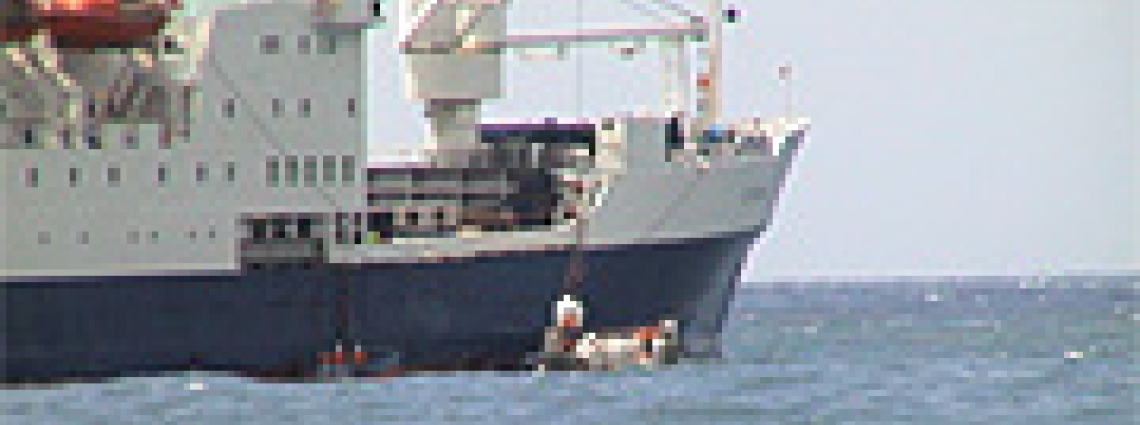A mission to Tristan da Cunha: collecting data from the most remote inhabitated location on earth
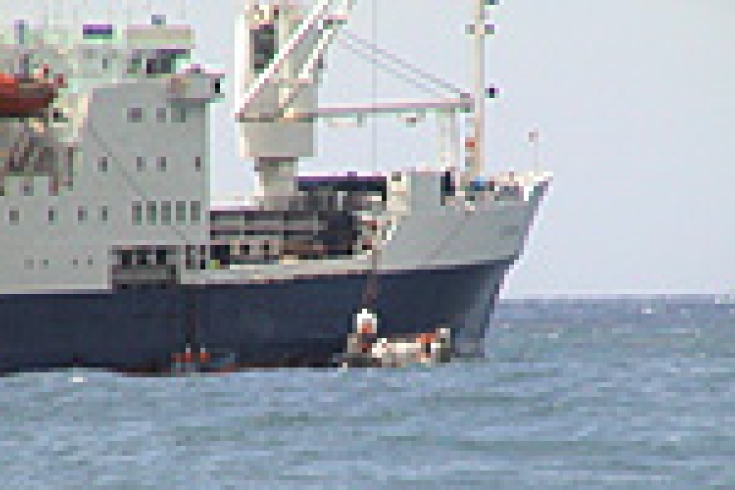
Offloading from the St. Helena
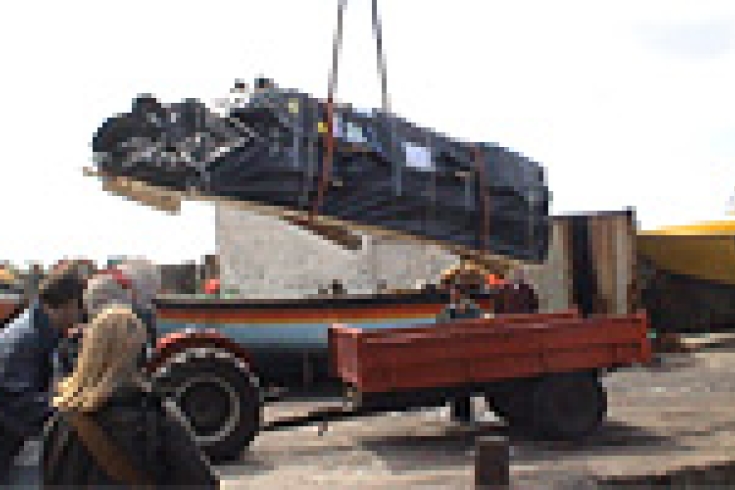
Unloading cargo
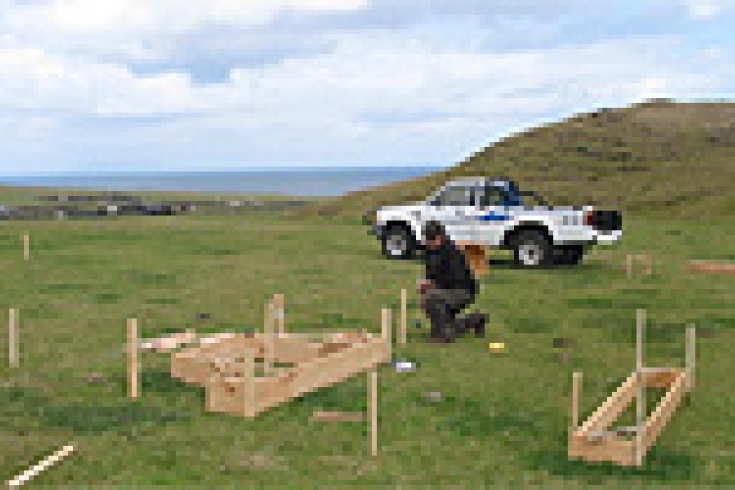
Form work and measuring
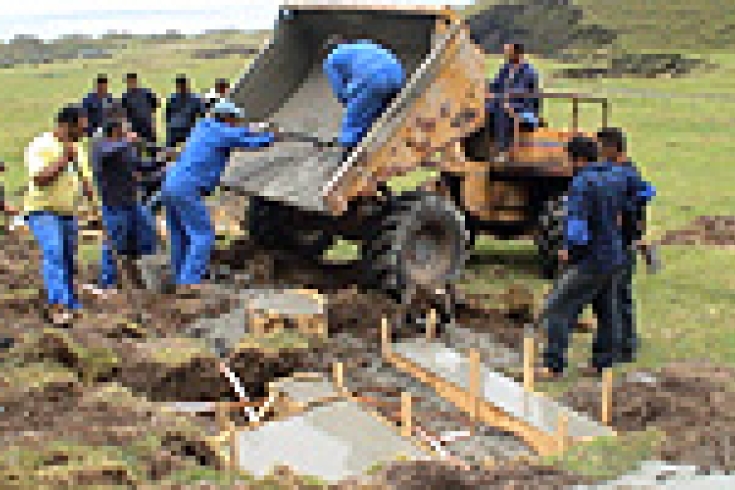
Laying concrete
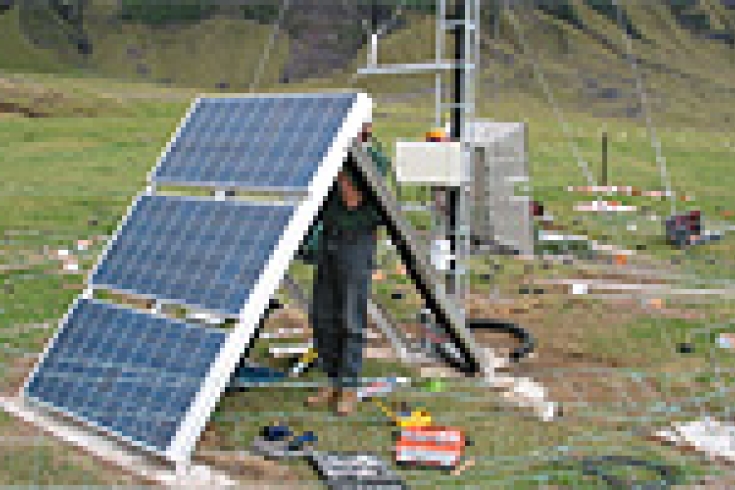
Solar panels
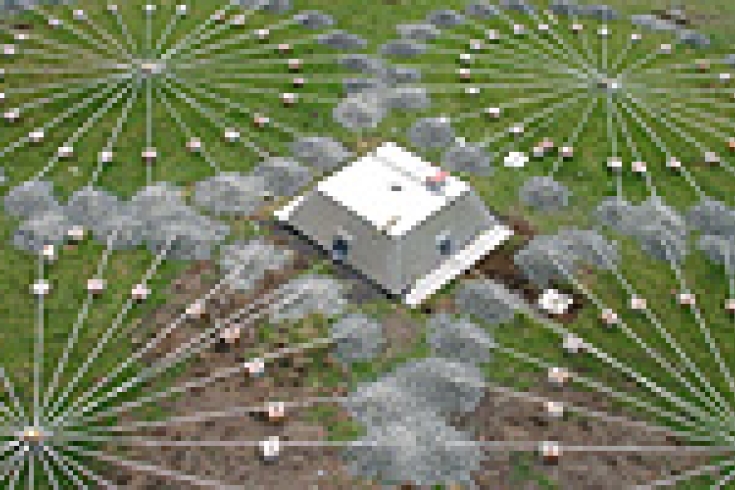
Finished infrasound array element
10 Apr 2008
